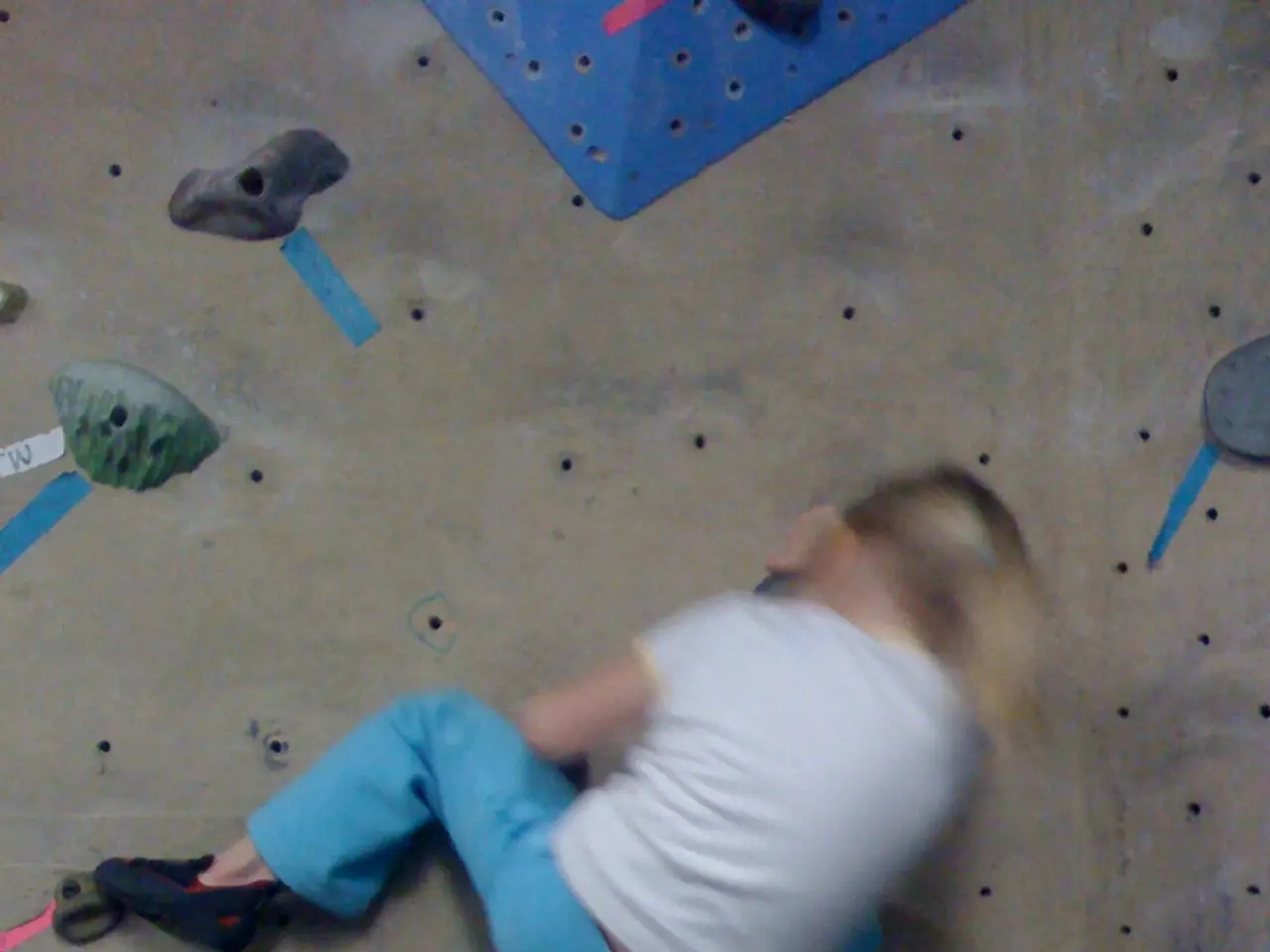Intensified condition associated with muscle and bone discomfort, referred to as Amplified Musculoskeletal Pain Syndrome (AMPS)
In the realm of pediatric health, Amplified Musculoskeletal Pain Syndrome (AMPS) has become a significant concern. This condition, also known as juvenile fibromyalgia syndrome, chronic musculoskeletal pain, and other names, is an umbrella term for noninflammatory musculoskeletal pain that can cause chronic pain in children and adolescents.
A child with AMPS may experience a higher level of pain than someone without the disorder, despite both experiencing the same pain stimulus. Common symptoms include headaches, abdominal pain, and arthralgia (joint pain). AMPS can cause problems for parents, caregivers, and other family members, so a doctor may suggest family counseling.
The goal of treatment for AMPS is to return the child to their typical functioning, which can be achieved by minimizing pain, restoring typical sleep, restoring typical mood, decreasing negative effects on quality of life, and reducing stress. Common treatments for AMPS primarily focus on multidisciplinary approaches that combine physical, psychological, and supportive therapies rather than relying on medication alone.
Physical Therapy is a cornerstone treatment aimed at gradually increasing activity and improving function while reducing pain. Therapies often include desensitization techniques, posture reeducation, muscle strengthening, and joint stabilization exercises. Exercise programs are carefully tailored to the child's tolerance, and progress is monitored closely.
Cognitive Behavioral Therapy (CBT) is a psychological treatment to address the way pain is perceived and managed. CBT helps children cope with chronic pain by changing pain-related thoughts and behaviors. Exposure-based CBT can reduce fear and avoidance behaviors associated with pain.
Family Education and Support is crucial in managing AMPS. Educating parents and caregivers about AMPS and involving them in treatment helps create a supportive home environment that encourages activity and discourages pain behaviors.
Multidisciplinary Care involves the integration of physical therapists, psychologists, physicians (often pediatric pain specialists), and educators to provide coordinated care tailored to each child. Pain Management Techniques, such as relaxation techniques, biofeedback, and sometimes non-opioid medications, may also be used to assist in pain relief.
It's essential to note that if a cause for a child's pain has been diagnosed, the doctor will treat this cause first. If no cause is found, they will focus on treating AMPS itself. Early diagnosis may be key to help find the cause of this pain, which may require specific treatment.
Children with chronic pain from AMPS may experience mental health symptoms such as depression, anxiety, and suicidal ideation. If you or someone you know is in crisis and considering suicide or self-harm, please seek support from the 988 Lifeline, Crisis Text Line, Befrienders Worldwide, or your local emergency services number.
In conclusion, the most common and effective treatments for AMPS in children and adolescents are physical therapy focused on graded activity, cognitive-behavioral therapy to address pain coping, parental/family education, and multidisciplinary care coordination to facilitate functional recovery and reduce pain amplification.
- Science continues to explore the complexities of Chronic Kidney Disease, a type of Chronic Disease, with the hope of developing effective therapies and treatments.
- In the workplace, employers may prioritize Workplace-Wellness programs to address the mental health concerns that can arise from Chronic Pain, such as anxiety and depression.
- Pfizer, a leading pharmaceutical company, is researching new methods to manage chronic pain, aiming to provide relief for those suffering from conditions like AMPS.
- Women's Health encompasses various aspects, including the management of chronic pain conditions like AMPS, ensuring they receive appropriate treatments and support.
- Skin Care is an essential part of Men's Health, but it's also crucial to address mental health issues that may arise from chronic pain conditions like AMPS, which can lead to blocked pathways of emotional well-being.
- Unfortunately, chronic pain conditions like AMPS can be blocked by physical barriers to proper treatment, making it difficult for some individuals to access necessary medical-conditions care.
- Physicians may recommend Physical Therapy as a treatment for Chronic Diseases like Chronic-Kidney-Disease to improve physical functioning and manage pain.
- Chronic pain from conditions like AMPS can significantly impact a child's quality of life, underscoring the importance of Health-and-Wellness initiatives focused on both physical and mental well-being.




